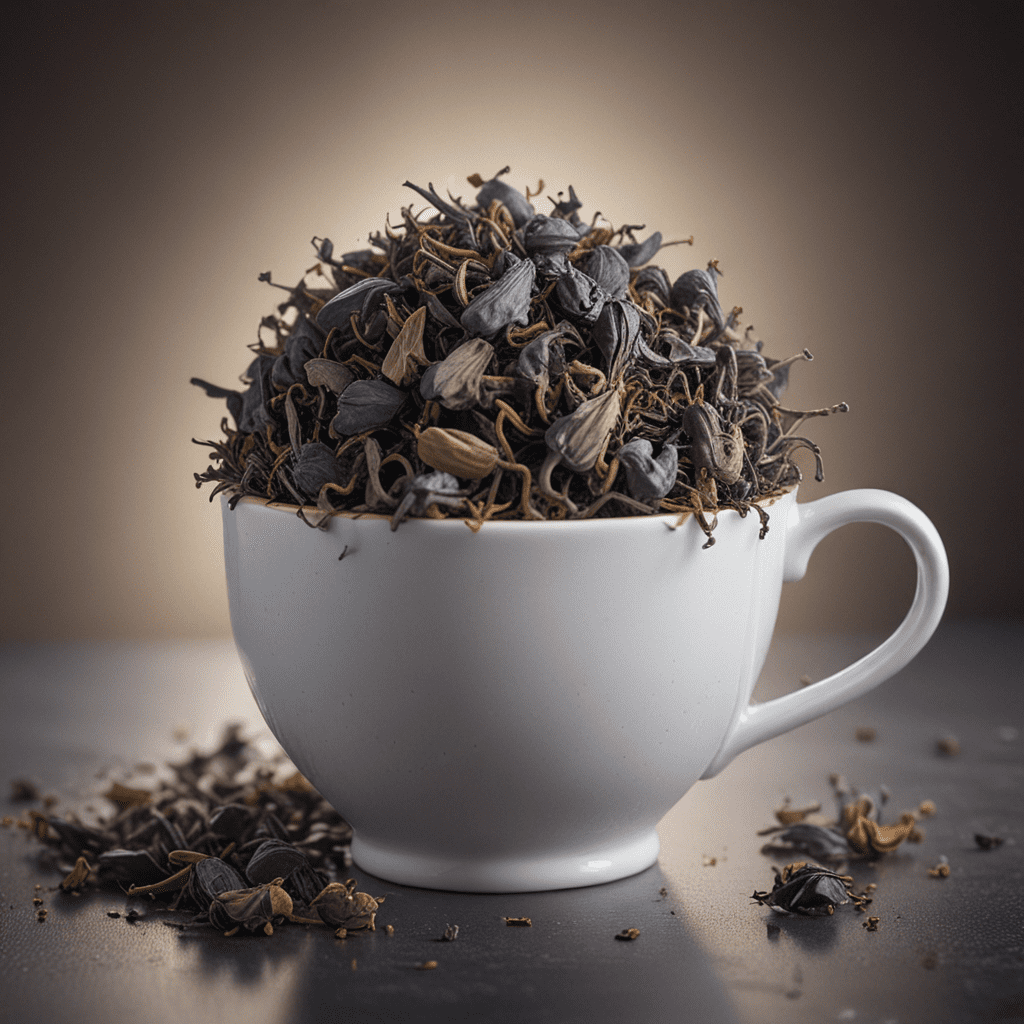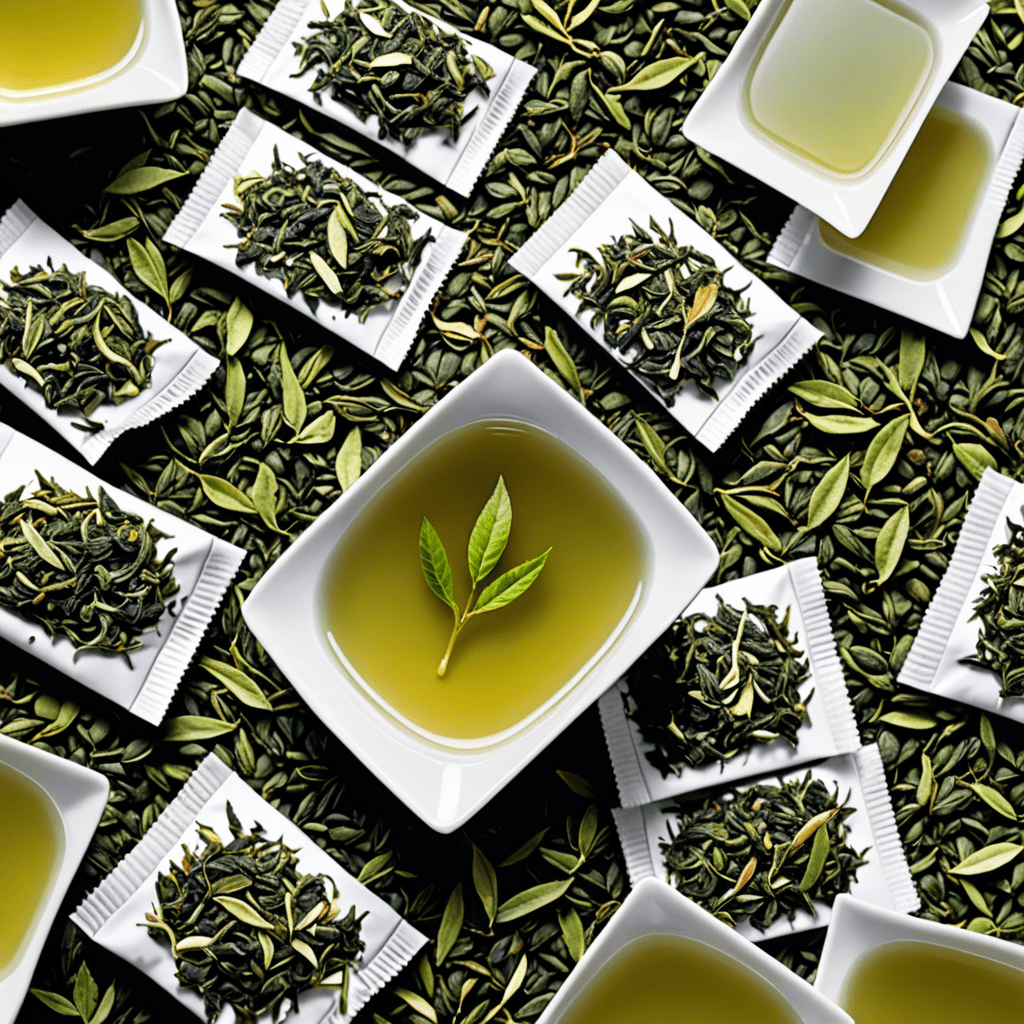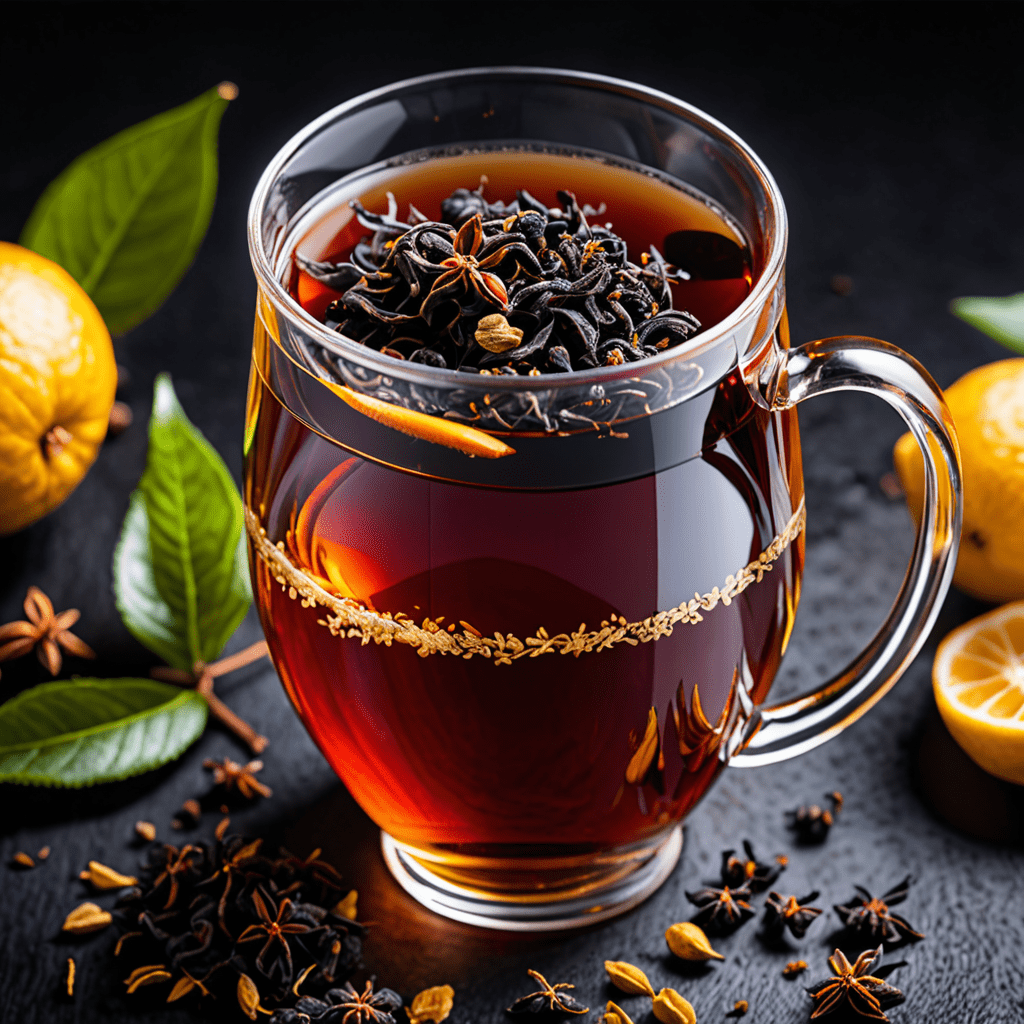
1. Introduction: The Enigmatic Name of Earl Grey Tea
Earl Grey tea, adorned with a name shrouded in mystery, stands as an enigmatic favorite among tea enthusiasts. Its intriguing moniker has sparked countless tales and theories, weaving a rich tapestry of historical lore and fragrant allure. Unraveling the enigmatic tale behind Earl Grey tea's name embarks us on a journey into the annals of diplomacy, botanical wonders, and the art of tea appreciation.
2. The Legendary Earl: Charles Grey, the Second Earl Grey
At the heart of this tale lies Charles Grey, the Second Earl Grey, a man of political prowess and refined taste. His tenure as Prime Minister from 1830 to 1834 marked a period of significant influence in British history. Yet, it is not for his political achievements alone that Earl Grey is remembered today. His name has become synonymous with a tea blend that captivates the senses with its distinctive citrus and floral notes.
3. The Mysterious Narrative: A Thirsty Diplomat’s Diplomatic Maneuver
Legend has it that Earl Grey's encounter with a thirsty Chinese mandarin during diplomatic negotiations led to the creation of this beloved tea. The story goes that the mandarin, parched after a long journey, was served a blend of black tea infused with the aromatic oil of bergamot oranges. The mandarin was so taken by the refreshing and invigorating beverage that he requested the recipe, which he later shared with Earl Grey.
4. The Tea Behind the Name: A Blend of Black Tea and Bergamot Oil
The Earl Grey tea we savor today is a harmonious blend of black tea leaves and the essential oil extracted from bergamot oranges. Bergamot, a citrus fruit native to Italy, imparts a unique and unmistakable flavor profile to the tea. Its bright, citrusy notes intertwine with the robust character of black tea, creating a symphony of flavors that is both refreshing and invigorating.
5. The Botanical Connection: The Fragrant Bergamot Tree
The bergamot tree, the source of Earl Grey tea's distinctive aroma, is a small, evergreen tree native to the Mediterranean region. Its leaves and fruits exude a fragrant oil that has been prized for centuries for its medicinal and culinary properties. The essential oil extracted from the bergamot orange peel is what gives Earl Grey tea its characteristic citrus and floral notes.
6. The Aroma of Intrigue: A Symphony of Citrus and Floral Scents
The aroma of Earl Grey tea is an enticing blend of citrus and floral notes, an olfactory masterpiece that captivates the senses. The bright, zesty scent of bergamot mingles harmoniously with the robust, earthy undertones of black tea, creating an alluring and invigorating fragrance. This unique aroma makes Earl Grey tea an ideal choice for both morning and afternoon enjoyment, promising a refreshing and uplifting experience.
7. The Art of Brewing: Unleashing the Tea’s Aromatic Essence
To fully appreciate the exquisite flavors and aromas of Earl Grey tea, proper brewing is paramount. The optimal brewing method involves using freshly drawn, boiling water and steeping the tea leaves for 3-5 minutes, depending on the desired strength. A generous amount of tea leaves should be used to ensure a rich and flavorful brew. Milk or sugar can be added to taste, but many tea connoisseurs prefer to savor the pure and unadulterated essence of Earl Grey tea.
8. The Ritual of Indulgence: A Steeped History of Tea Appreciation
The consumption of Earl Grey tea has evolved into a cherished ritual, steeped in history and tradition. Whether enjoyed alone or in the company of others, a cup of Earl Grey tea provides a moment of tranquility and indulgence. Its invigorating aroma and flavors have inspired countless tea enthusiasts to create their own unique rituals, from cozy afternoon tea parties to contemplative solitary moments.
9. The Tea as a Cultural Phenomenon: A Global Favorite
Earl Grey tea has transcended its humble origins to become a global phenomenon, beloved by tea drinkers worldwide. Its distinctive flavor profile and aromatic allure have made it a staple in tea shops, cafes, and homes across the globe. From the bustling streets of London to the tranquil teahouses of Japan, Earl Grey tea is a testament to the enduring power of a perfectly blended cup of tea.
10. Conclusion: Unveiling the Truth Behind the Earl’s Tea
The tale of Earl Grey tea is a captivating blend of history, diplomacy, and botanical wonders. From its alleged origins in a diplomatic encounter to its enduring popularity as a global favorite, this tea has captured the hearts and taste buds of tea enthusiasts for generations. The name Earl Grey, once a moniker of political power, has become synonymous with a tea that embodies the essence of refreshment, indulgence, and timeless appeal.
FAQ
Q: What is Earl Grey tea?
A: Earl Grey tea is a blend of black tea and bergamot oil, known for its distinctive citrus and floral notes.
Q: Who is Earl Grey?
A: Earl Grey refers to Charles Grey, the Second Earl Grey, Prime Minister of the United Kingdom from 1830 to 1834.
Q: How did Earl Grey tea get its name?
A: Legend has it that Earl Grey was gifted a tea blend infused with bergamot oil by a Chinese mandarin, and the tea was later named in his honor.
Q: What is the flavor profile of Earl Grey tea?
A: Earl Grey tea has a bright and zesty citrus flavor from bergamot, which is balanced by the robust and earthy undertones of black tea.
Q: How should Earl Grey tea be brewed?
A: Earl Grey tea is best brewed with freshly drawn, boiling water, and steeped for 3-5 minutes depending on the desired strength.


